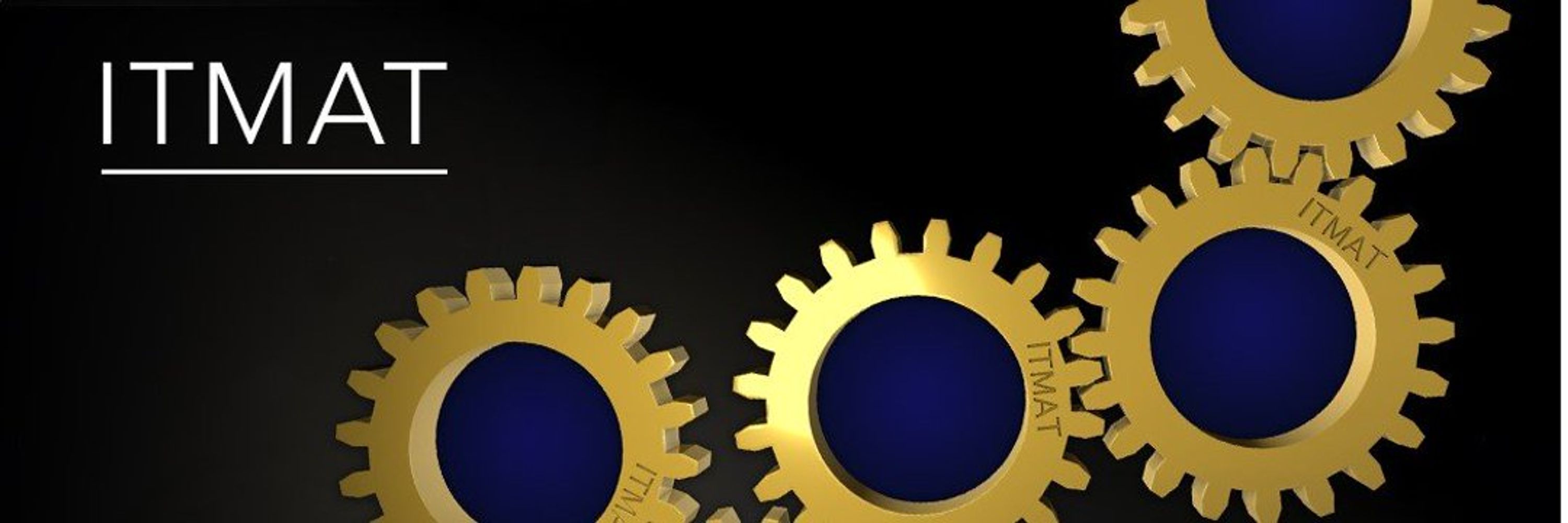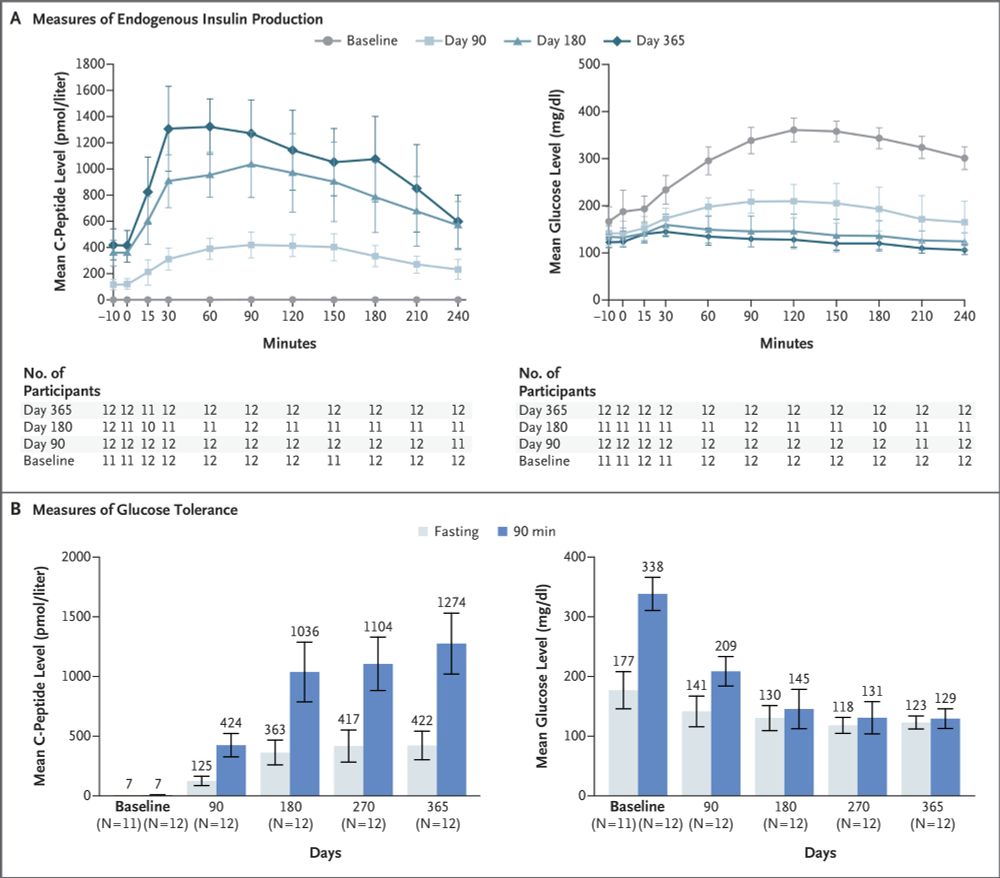A ternary-code DNA methylome atlas of mouse tissues - Genome Biology
Background DNA cytosine modifications, including 5-methylcytosine (5mC) and 5-hydroxymethylcytosine (5hmC), are key epigenetic regulators with distinct functions. Dissecting the ternary code (C, 5mC, 5hmC) across tissues and cell types remains a critical priority due to the limitations of traditional profiling methods based on bisulfite conversion. Results Here, we leverage the combined bisulfite and enzymatic (bACE) conversion with the Mouse Methylation BeadChip to generate 265 base-resolution ternary-code modification maps of 5mC and 5hmC across 29 mouse tissue types spanning 8–76 weeks of age and both sexes. Our atlas reveals a complex grammar of 5hmC distribution, jointly shaped by cell mitotic activity, chromatin states, and interplay with 5mC at the same and neighboring CpG sites. Of note, we demonstrate that 5hmC significantly complements 5mC-based biomarkers in delineating cell identity in both brain and non-brain tissues. Each modification state, including 5hmC alone, accurately discriminates tissue types, enabling high-precision machine learning classification of epigenetic identity. Furthermore, the ternary methylome variations extensively implicate gene transcriptional variation, with age-related changes correlated with gene expression in a tissue-dependent manner. Conclusions Our work reveals how tissue, sex, and age jointly govern the dynamics of the two cytosine modifications, augments the scope of DNA modification biomarker discovery, and provides a reference atlas to explore epigenetic dynamics in development and disease.







































